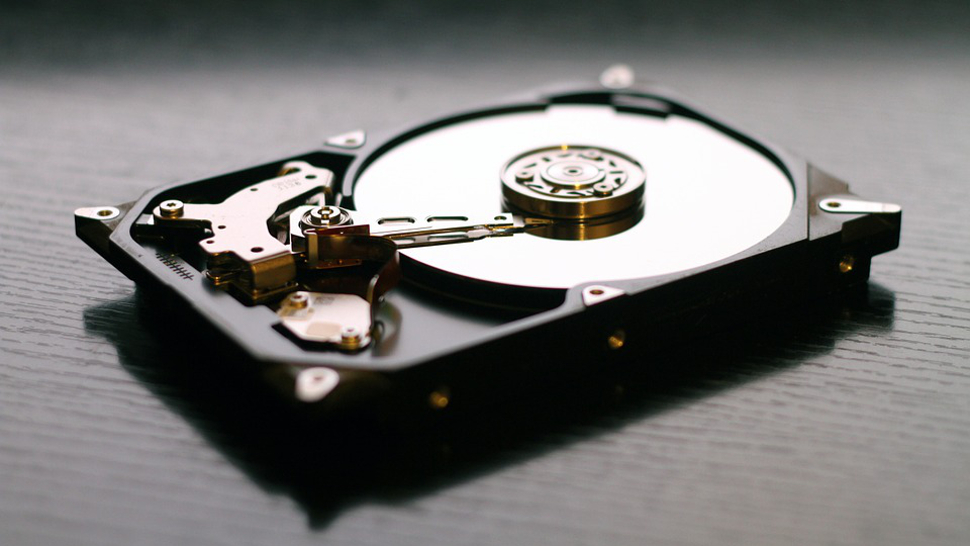SSD could hasten demise of HDD as price parity looms in 2023
Hard drives sales could evaporate as SSD prices set to drop even further in 2023


Best cloud storage: Expand your storage easily
Best cloud backup: Protect your data on the go
Best cloud storage for photos: Space for your photos
Best business cloud storage: Data resilience for business
Best free cloud storage: Bits and bytes online for free
At least two manufacturers have reduced their 2TB SSD to less than $100 over the past days on Amazon, an extraordinary floor price reached outside of Amazon Prime Day and Black Friday/Cyber Monday. Teamgroup, with its SATA-based AX2, and Leven are the first to have breached the $50 per TB barrier, and it is likely that many more will follow in the incoming weeks/months.
According to analyst firm TrendForce, NAND flash, the basic building block of all so-called solid state storage (e.g. SSD, eMMC, microSD cards, flash drives etc) has been in oversupply caused by a combination of increased inventory and drop in demand (both from consumers and enterprises). This in turn is going to cause some companies to reduce their prices significantly by as much as 20% as we approach the end of the year.
Price parity with hard disk drives coming?
TrendForce analyst Bryan Ao told TechRadar Pro, “Because NAND price continues to see gloomy price [sic] into 2023, more and more suppliers offer QLC solutions in the market. Based on estimation, it is possible to see suppliers offer 2TB QLC SSD solution [sic] under 80 in 2023 black Friday. If we need to predict the percentage of that scenario, the number will be 30%”.
2TB seems to be the sweet spot at which price parity between hard disk drives and SSD could happen. There’s not enough 4TB SSD SKUs on the market and 1TB SSD prices have not dropped as fast as their 2TB siblings. Hard disk drives as well have seen a significant drop in demand but because of vertical integration, the biggest vendors have been able to manage inventory far better and as such prices have held fairly well.
Outside of the generally gloomy macro-economic factors, other variables have caused an acceleration in the drop in price of solid state drives. The move to the 176-layer technology means bigger capacity SSDs can be produced at equivalent cost, which means that lower capacity drives (128GB, 256GB) are no longer financially viable. There’s also the fact that stocks of SSD that use the older SATA technology are likely to be liquidated to make way for the newer (and smaller) PCIe-based NVMe drives.
What next?
So where does that leave us? At the time of writing, an internal 1TB SSD costs about two-thirds more than an equivalent hard disk drive with the same capacity/form factor (2.5-inch). The cheapest 2TB SSD costs just over twice the price of a 2TB HDD.
A 30% drop - as predicted by TrendForce - will bring the price of a 1TB SSD within a few dollars of a 1TB HDD. At which point, the only remaining reason to buy a hard disk drive of this capacity will have all but vanished. SSDs are usually faster, far more resilient, lighter, have a longer warranty and consume less energy.
Are you a pro? Subscribe to our newsletter
Sign up to the TechRadar Pro newsletter to get all the top news, opinion, features and guidance your business needs to succeed!
Bigger hard disk drive capacities are safe for now as they remain unchallenged, at least when it comes to value-for-money, above 4TB for hyperscale applications (e.g. web hosting, file hosting, cloud storage, cloud backup).
- Here are the best mobile workstations around

Désiré has been musing and writing about technology during a career spanning four decades. He dabbled in website builders and web hosting when DHTML and frames were in vogue and started narrating about the impact of technology on society just before the start of the Y2K hysteria at the turn of the last millennium.